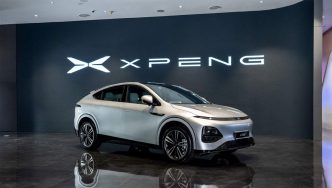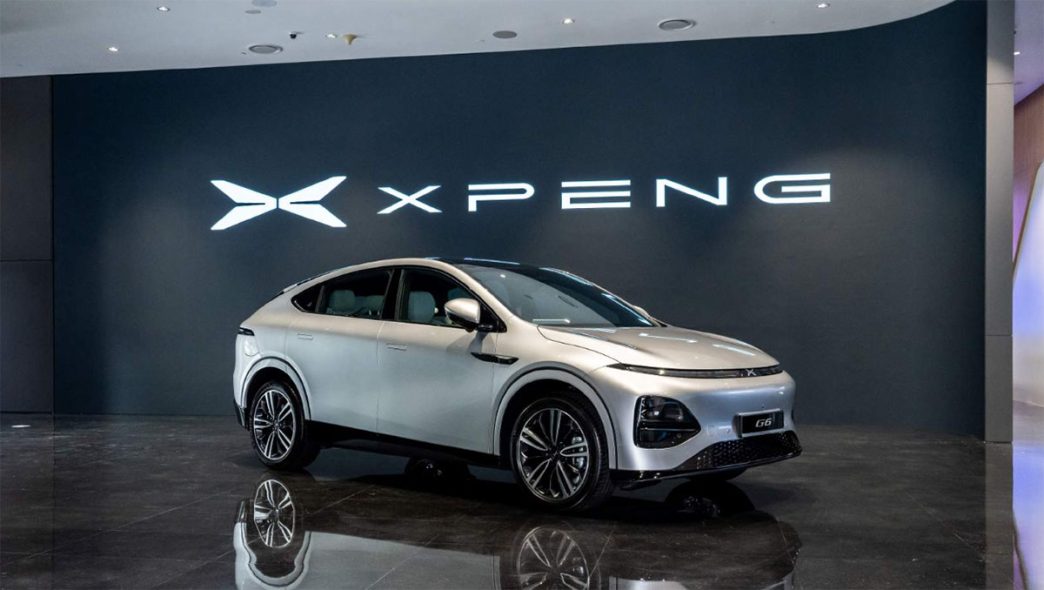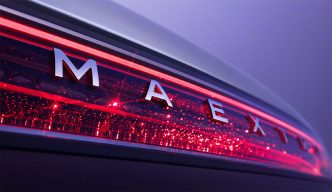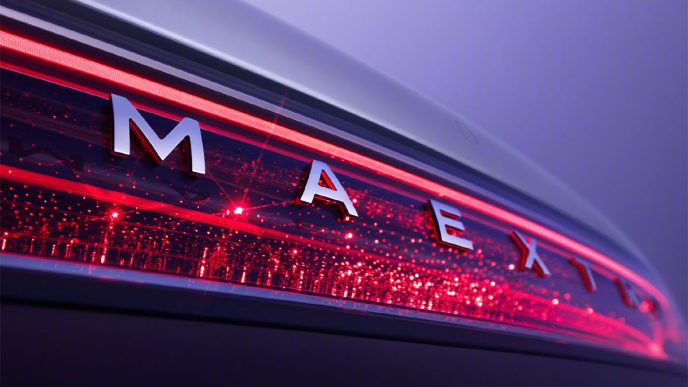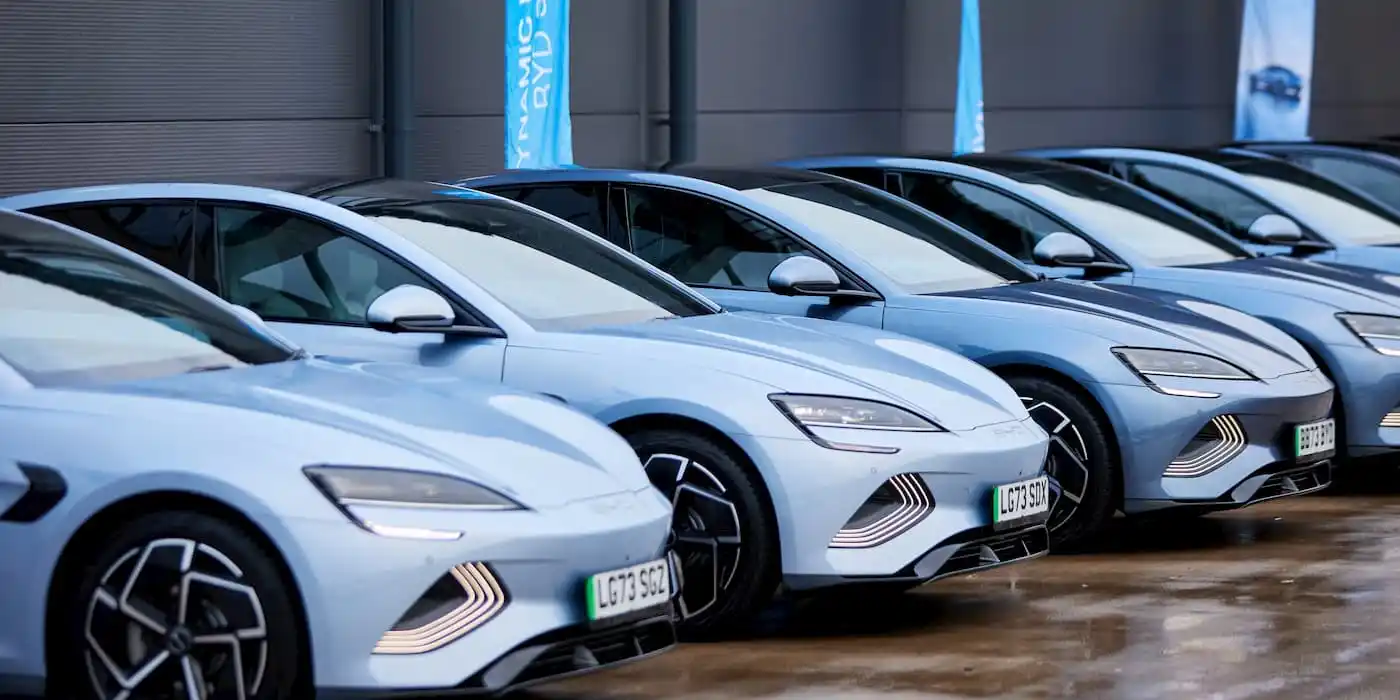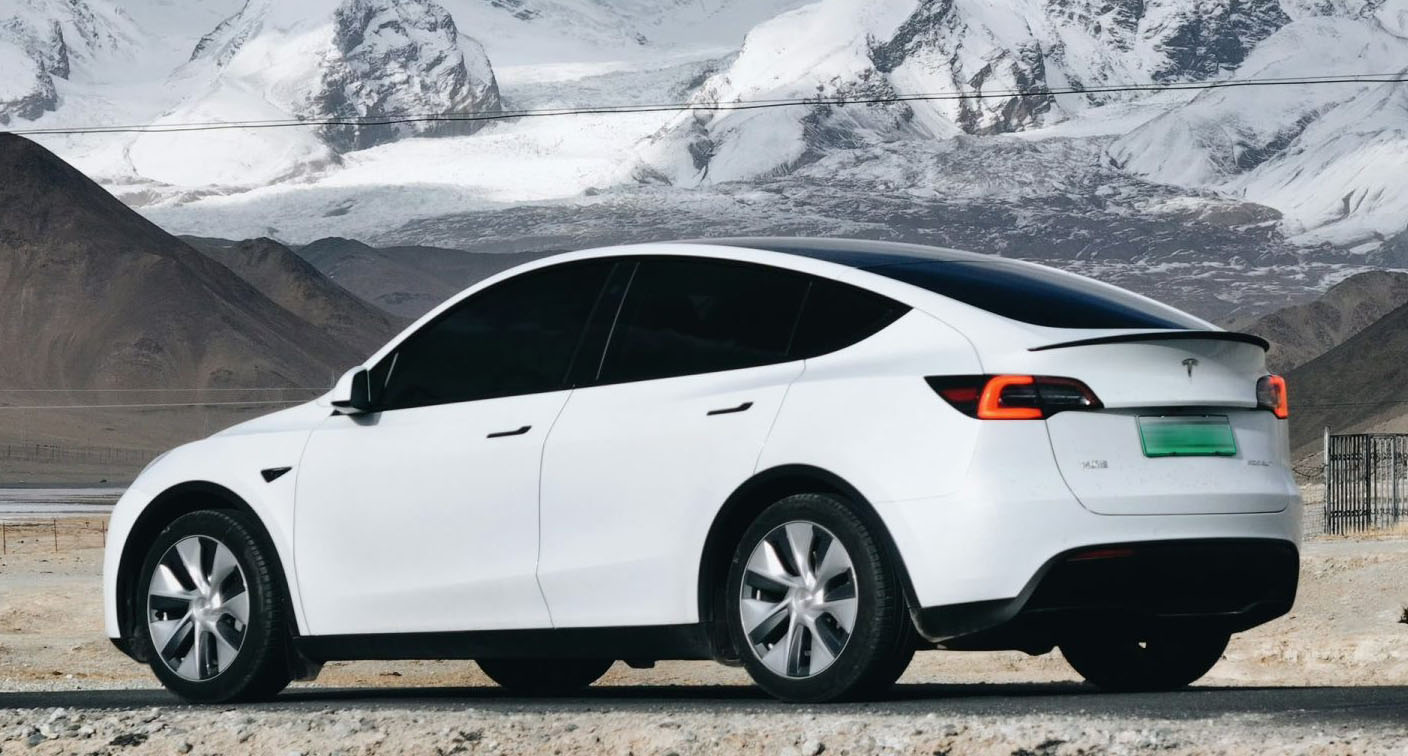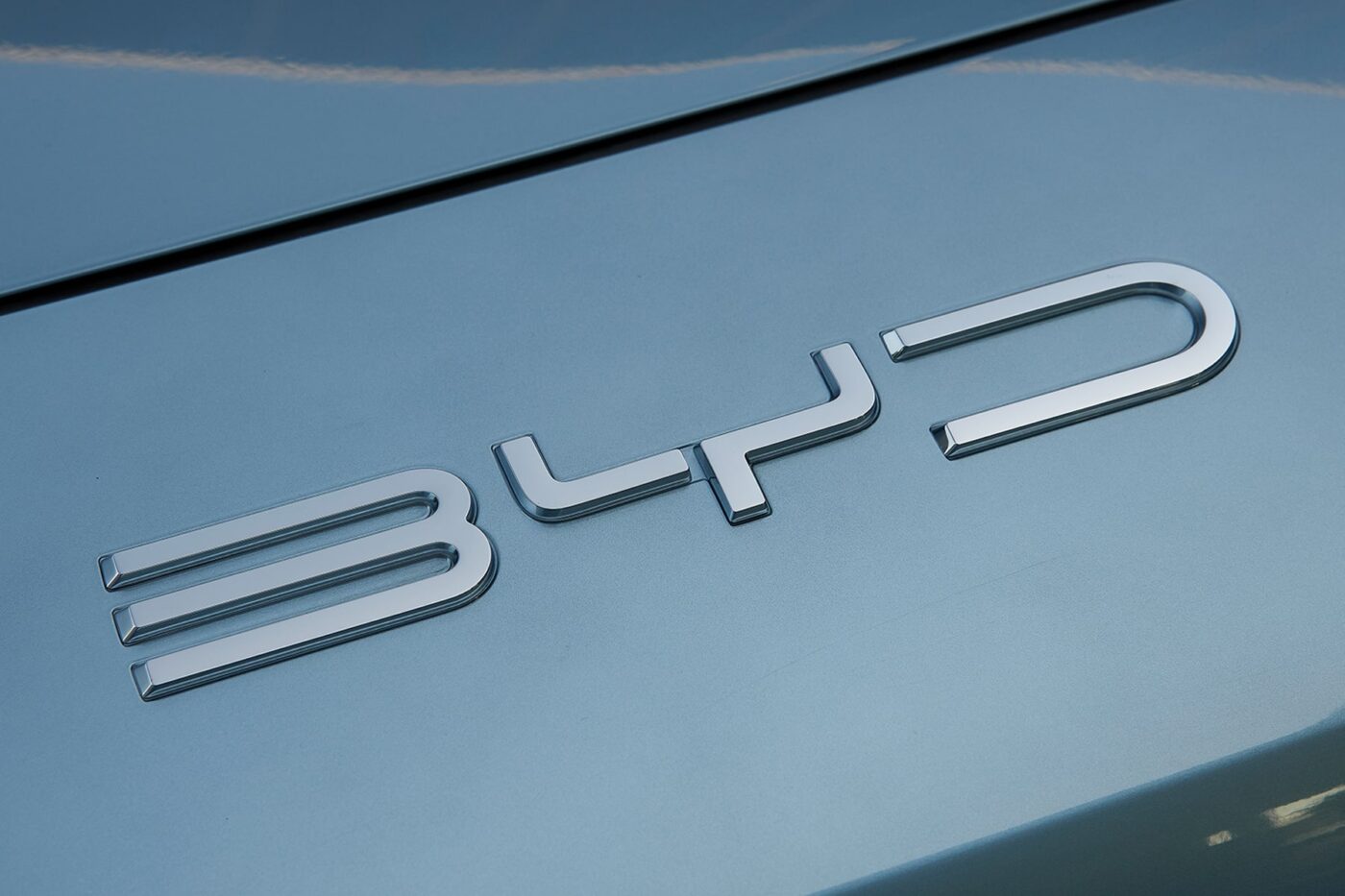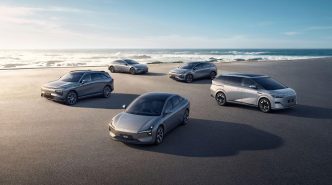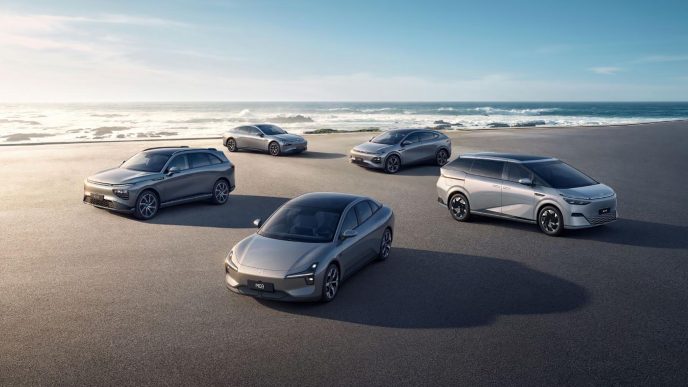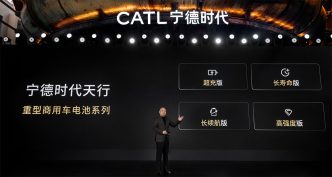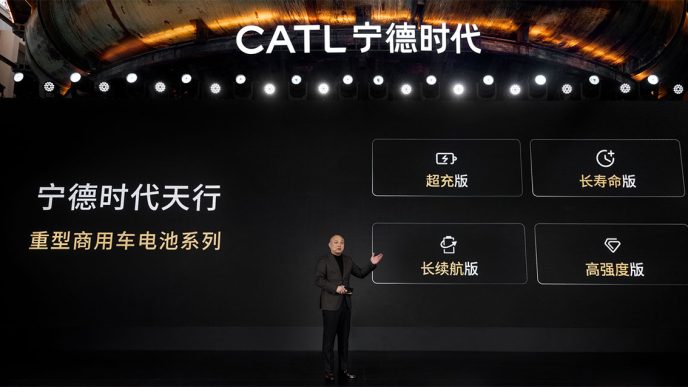Chinese electric vehicle (EV) maker Xpeng expects to reach breakeven by late 2025, driven by robust demand for its new models and its aggressive expansion into overseas markets, President Brian Gu told Reuters.
“I think we are indeed entering the super cycle,” Gu said. “Sometime in next year, probably towards the later part or the end of next year, we will see us reaching the breakeven point. We are in a very confident position to see that becomes more likely.” If achieved, Xpeng could become the first Chinese automaker to achieve profitability primarily through EV sales, surpassing competitors BYD and Li Auto, which rely heavily on hybrids.
Xpeng has forecast fourth-quarter revenue above Wall Street expectations, fueled by the launch of its new models, the Mona 03 and P7+, and expects the momentum to extend into 2025. Chinese government subsidies of up to $2,800 for trading in older vehicles for EVs are also supporting its sales growth. The company plans to roll out four additional models in 2024 and expand further into overseas markets, excluding North America, where tariffs act as a de facto ban.
Gu highlighted the importance of Xpeng’s collaboration with Volkswagen, which accounted for over 12% of the automaker’s revenue in the third quarter. “We hope to expand the technology service partnership with Volkswagen to other areas in and outside China,” Gu said, emphasizing ongoing discussions with numerous industry players about advanced driving collaborations.
Xpeng has invested RMB 3.5 billion ($483 million) over the past year in artificial intelligence development, including computing power and software. Gu confirmed that such investments will increase steadily in 2024, making AI a significant part of its overall R&D spending. Xpeng’s advancements in AI include proprietary large models for its advanced assisted driving systems, similar to Tesla’s Full-Self Driving. The automaker aims to roll out its system in China by the first quarter of 2025.
While Xpeng faces more than 20% tariffs in Europe, it is actively exploring options to mitigate these costs. When asked about building a European factory, Gu remarked, “Nothing is ruled out, but I think we need to find a way that fits our current capability rather than do something that may not solve our current perspective.”

